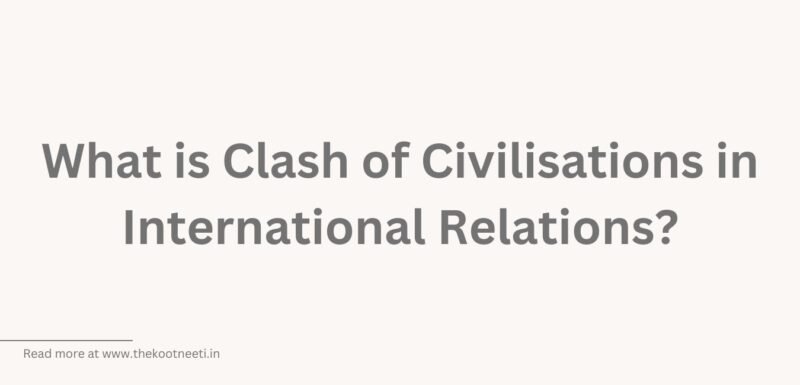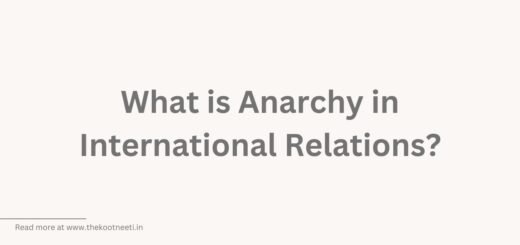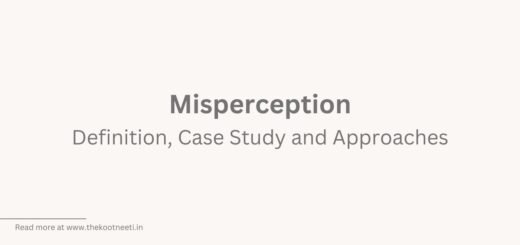What is Clash of Civilisations in International Relations?

The concept of a “clash of civilizations” was first proposed by political scientist Samuel Huntington in a 1993 article and later developed in his book “The Clash of Civilizations and the Remaking of World Order.” In this theory, Huntington argued that the post-Cold War world would be shaped by cultural and religious differences, rather than ideological differences between nations. He argued that the world was becoming increasingly divided along the lines of major civilizations, including Western, Confucian, Japanese, Islamic, Hindu, Slavic-Orthodox, Latin American, and African, and that these differences would be the primary source of conflict in the 21st century.
Huntington’s theory was controversial and has been widely debated in the field of international relations. Some have argued that it oversimplifies the complexities of global politics and ignores the role of other factors, such as economic interests and power imbalances, in shaping international relations. Others have pointed to examples of cooperation and intercultural exchange that seem to contradict Huntington’s theory.
While the concept of a clash of civilizations has been influential, it is important to note that it is just one perspective on international relations and should be considered in conjunction with other theories and approaches. It is also important to recognize that cultures and civilizations are complex and dynamic and that individuals and societies often exhibit a range of characteristics and values that cannot be easily classified into neat categories.



















